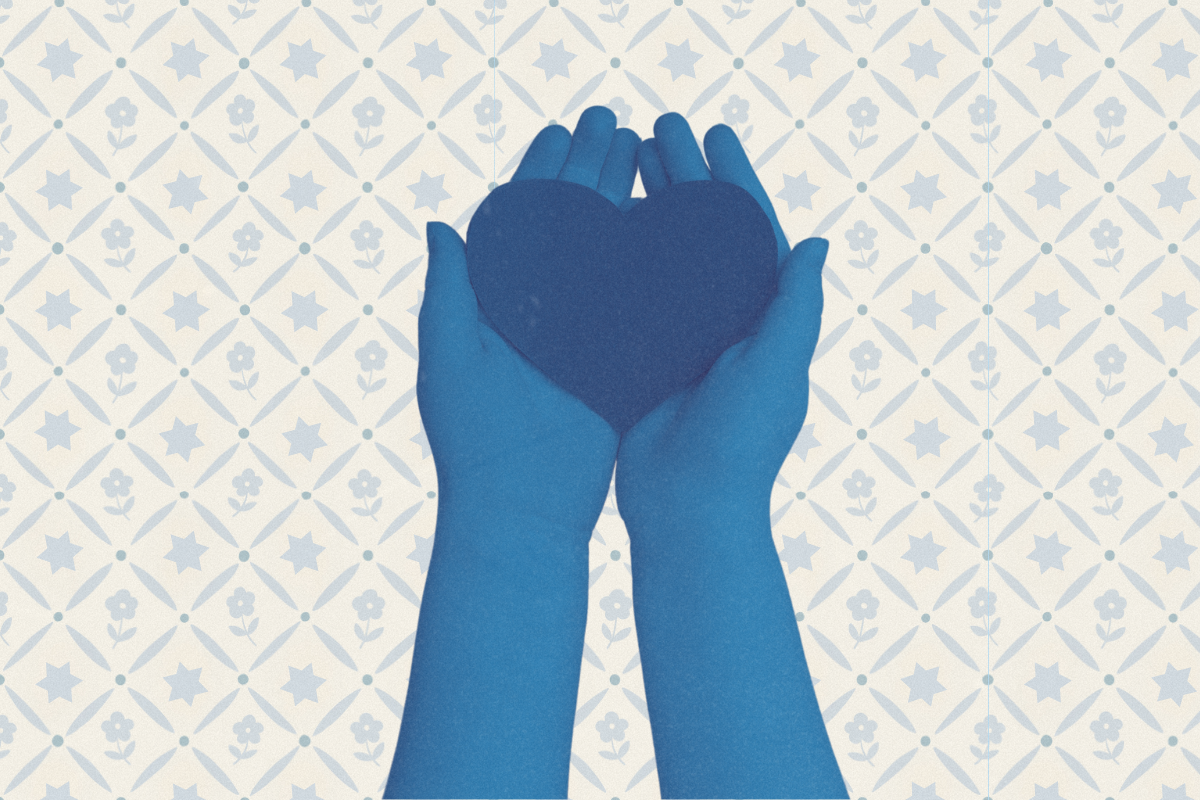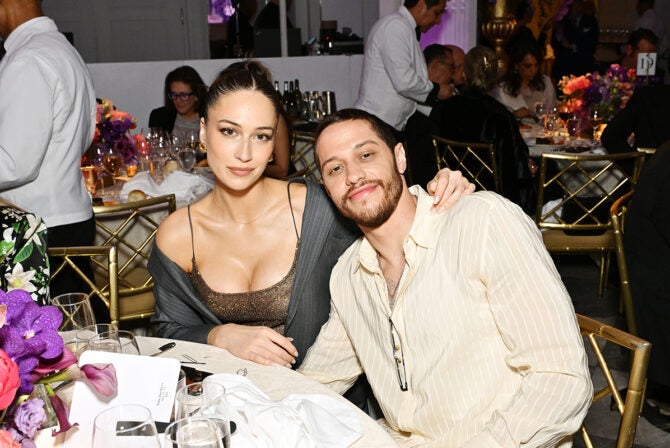Everyone takes their own journey and I was interested in Yael Armstrong’s account of hers. I was sorry, though, that she did not distinguish among the different types of Orthodoxy in the Jewish community. Because despite the fact that “Orthodox” literally means “true belief,” or “one way,” there are many ways that one can be considered an Orthodox, or “Ortho-prax,” Jew today.
When I grew up in the 1950s and 60s, Modern Orthodoxy stood for a synthesis of the religious and the secular, which meant that one could fully observe the mitzvot (commandments) and yet be a full member of the surrounding society. We were expected to continue the traditions of our ancestors while becoming well educated, holding good jobs, and enjoying the cultural arts. Toward that end, our yeshiva education consisted of half a day of Hebrew subjects (Hebrew language, Jewish history, laws and customs, Bible) and half a day of “English” subjects (math, literature, history, science). We were in school from 8 a.m. to 3:30 p.m. in grade school and until 5 p.m. in high school. Then we came home and did homework.
My father travelled extensively for business, functioning in a mostly non-Jewish world. He kept kosher, observed Shabbos, and never missed being home for the holidays. He would light Hanukkah candles wherever he found himself that particular week. A product of the shtetl, arriving in America at the age of 6, he watched his parents struggle to learn English in night classes and to establish and maintain a business without working on Saturday. My American born grandfather, who grew up in poverty but who became a successful business man, used to say that, as a young man, he was an expert at interviews–he was hired on Sunday and fired on Friday, when he had to leave before Shabbos began.
My parents’ best friends were not Orthodox. Their daughter was my best friend. My father’s non-Jewish clients joined us at seder. Our parents taught us their religious values which included tolerance and respect for all people, regardless of religious affiliation, race, or belief system. When I was 15 years old, I and a group of my friends went to a well-known kosher restaurant at which my family did not eat because it did not meet our standard of kashrut (kosher observance). I drank water and had a pickle.
Of course the time came when I had to decide for myself what to do. In yeshiva, we davened (prayed) every morning. In college, when I was not yet sure what I truly believed, I davened each morning to acknowledge that my life depended on something more than only my own efforts, even though I wasn’t sure what. I said brachot (blessings) before I ate to acknowledge the efforts of those who put food on my table–the farmer who raised the food, the guy who delivered it to the store, and the grocer who sold it. Eventually, I davened to, and blessed, God.
No one I knew who went to our Modern Orthodox shul went to work on Shabbos. According to my mother, most of her friends went to the mikveh (ritual bath) after their time of niddah (menstruation), as did she. In our Modern Orthodox world, there wasn’t much talk about what girls wore. We were expected to leave the mini-skirts at home and not wear them to yeshiva but we all wore them when not in school, as well as shorts, pants, and sleeveless tops. With the exception of one mother who had survived a concentration camp, our moms did not cover their hair. Our grandmothers did not cover their hair. Even my maternal great-grandmother, who I knew, did not cover her hair. Some people ate nothing but cottage cheese and fruit in a non-kosher restaurant. Others ate fish and cooked vegetables. No one really talked about it or made a big deal out of it. You did whatever you did.
I really don’t believe that anyone was looking at, or caring about, what anyone else was doing. All our friends (including those who did not identify as Orthodox) kept a “kosher-enough” home that we all ate there. If one watched TV on Shabbos, she turned it off when others came to visit–not to hide it, but because she knew we wouldn’t be comfortable.
Maybe what I experienced, and Yael unfortunately did not, was respect for “the other.”
It is true that in general, Orthodoxy has moved to the right over the last 50 years and the Modern Orthodox movement has been challenged to survive with its ideals intact. It will be a long time before an accurate analysis of this trend will be written. But, in the meantime, please don’t think that all of those who practice Judaism in an “Orthodox” way are out to get you or judge you.
When I was growing up, and then when I was raising my family, the only meals we all ate together were on Shabbos. During the week, the kids came home and needed to eat at different times and their father usually didn’t get home until they were in bed. Shabbos was our special family time.
So, come to my house on a Friday afternoon. The table is set, the candles are waiting to be lit, the cholent is simmering. Everything looks, smells, and feels different than on any other day. Join us at our Shabbos table for lunch. Meet a wide variety of Jews, all of whom practice differently, but all of whom take Shabbos seriously, as an opportunity to relax, refresh, and reboot. Feel the difference of not running to the computer or the phone. Smile as you linger over a meal with friends and family. Listen to the conversation in which we all have something to teach and something to learn. Whoever you are, whatever you do, you are welcome.
We’re going to China next week. An acquaintance told me to be careful not to eat dog. I told him I’ll be OK. I’m going with a kosher group.







